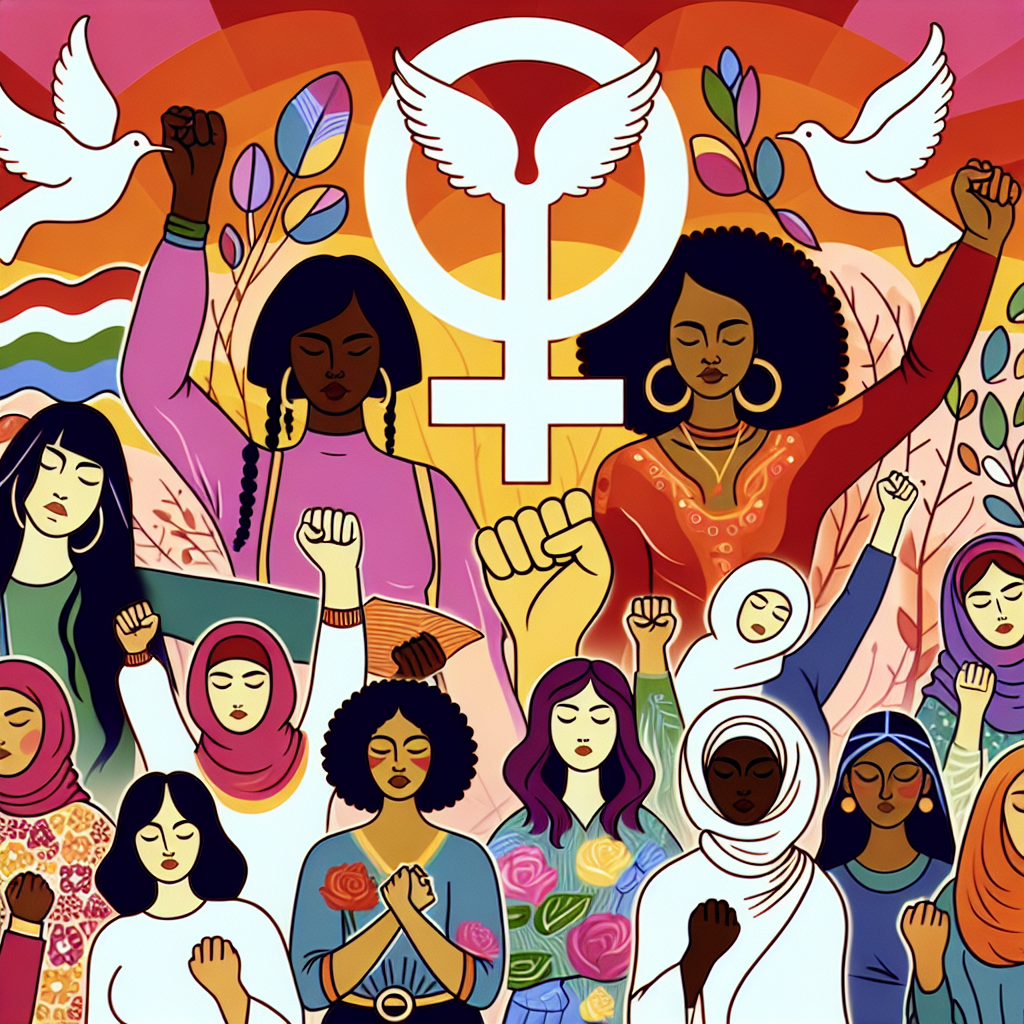
In recent years, the art world has seen a shift towards recognizing and promoting the work of women artists. This trend is exemplified by the rehang of Tate Modern in 2016, where entire rooms were dedicated to women artists such as Rebecca Horn. This marks a significant departure from the traditional male-dominated art canon and signifies that the often overlooked contributions of women artists are finally being given the recognition they deserve.
One potential future trend related to this theme is the continued effort to diversify museum collections. Many institutions are actively working to increase the representation of women artists and artists from underrepresented groups in their permanent collections. This means not only acquiring new works by these artists but also reevaluating the existing collections and ensuring that they reflect a broader range of perspectives.
Another potential future trend is the growing interest in feminist art and its impact on contemporary art practices. Feminist art, which emerged in the 1960s and 1970s, challenged the male-dominated art world and sought to give voice to women’s experiences and perspectives through art. Today, feminist artists continue to push boundaries, addressing issues such as gender inequality, reproductive rights, and body politics. As society becomes increasingly aware of these issues, there is likely to be a greater demand for feminist art and a recognition of its value in shaping cultural discourse.
In addition to the increased focus on women artists and feminist art, there is also a growing recognition of the need to address intersectionality in the art world. Intersectionality considers how different aspects of identity, such as race, gender, sexuality, and class, intersect and interact with each other. This recognition is leading to a greater emphasis on artists who represent multiple identities and experiences, challenging the notion of a single “universal” perspective in art.
Looking forward, it is predicted that these trends will continue to shape the art world in significant ways. Museums and institutions will continue to prioritize the acquisition and display of works by women artists and artists from underrepresented groups. There will also be a greater emphasis on feminist art and its role in challenging societal norms and advocating for social change. Additionally, the intersectional perspectives will become more prevalent and valued, leading to a more inclusive and diverse art world.
Predictions
- Increased representation of women artists in museum collections
- Growing demand and recognition for feminist art
- Greater emphasis on diversity and intersectionality in art
Recommendations for the Industry
- Invest in researching and acquiring works by women artists and artists from underrepresented groups
- Support and promote feminist art through exhibitions, publications, and educational programs
- Encourage dialogue and collaboration among artists of diverse backgrounds to foster a more inclusive art community
